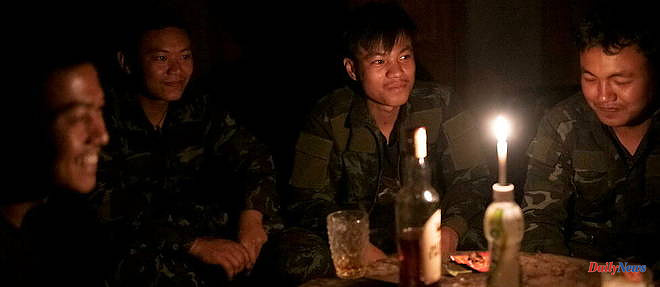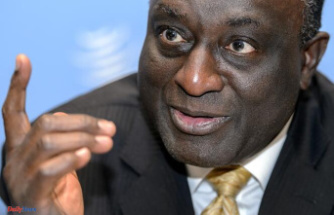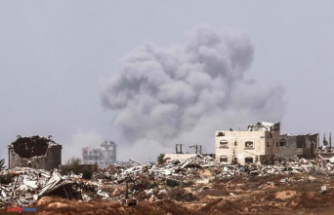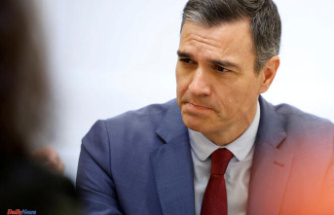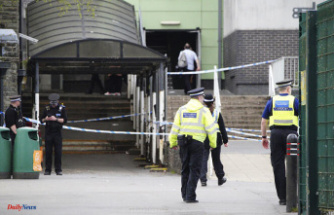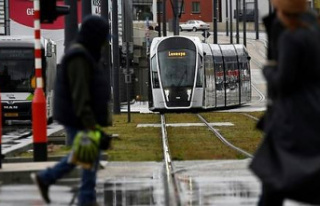He is the real hero who will not feature in any of the Burma articles in this series. Without him, it would not have been possible. To protect his safety, it is impossible to reveal his name, or even details that would allow him to be identified. This "fixer", according to the term consecrated in the profession, concretized this report of more than two weeks in a country that has become almost impenetrable to foreign journalists.
It first allowed to penetrate deep into the Karenni State - also called Kayah - a small region in eastern Burma populated by the ethnic minority of the same name. It was necessary to discreetly cross obstacles, circumvent dams, cross a river in a canoe, a ford river, jungles, mountains, deserted villages, and roads in full front line, to arrive in the Karenni enclave, the small kingdom that the young resistance fighters have carved out for themselves around the town of Demoso. This invaluable guide also managed to convince their leaders to provide the necessary authorizations, and the civilians to give their testimonies despite the risk of reprisals.
Our series Burma, in the heart of darknessIn the Burmese jungle, meeting the army of shadowsThe tragic fate of little NuiInvestigation into a war crime in Mo SoThe damned of the displaced campsRee Du, Neymar fan and rebel commander
Only in this way can real investigative work be carried out. But this is essential. The Burmese tragedy is today, second only to Ukraine, the most violent conflict in the world. Ruthless fighting takes place there on several front lines, including those of the Karenni state. Defying all predictions, the young resistance fighters won victories with unequal weapons. Unable to regain the upper hand, dictator Min Aung Hlaing's soldiers take revenge on civilians, committing crimes against humanity that rival the atrocities of the Russian army in Ukraine or the savagery of jihadists in the Ukraine. Islamic State.
Yet the media and opinion do not give it the attention they gave to Putin's invasion or the endless wars in Syria, the Sahel or Yemen. Blame it on the death to kilometer ratio – out of sight, out of mind. But not only. Difficulties of access weigh almost as much. A story told from afar will never have the same impact. To alert the public, journalistic investigation is essential. It is one thing to read a brief or to see a video circulating on social networks showing a massacre or fighting. It is quite another to dive deep into a subject, to listen to detailed and direct testimony from a key witness, resistance fighter, war criminal or victim.
On Christmas Eve 2021, the news of a barbaric massacre in the heart of the Karenni state had horrified specialists. The charred bodies of 35 villagers, some fleeing the army, had been found by the resistance fighters. About twenty were attached. Some had been burned alive. The details were so damning to the junta that the European Union and the United States quickly sanctioned senior officers commanding troops in the region. After several reports by human rights organizations, a complaint was filed in early 2023 in Germany, based, among other things, on this massacre.
In early December 2022, resistance fighters captured men from Division 66, one battalion of which committed this heinous crime. But what to do with these four prisoners of war? Neither UN investigators nor human rights organizations can venture so far into the Burmese jungle to collect their crucial testimonies for a future legal case. Especially since such interrogations, carried out while these men are in the hands of an armed group, are obviously subject to caution.
The journalist himself is faced with a moral dilemma. The Geneva Convention prohibits in principle subjecting a prisoner to public curiosity, therefore interviewing him to publish his statements as they are, issued under duress. But this piece would be decisive in order to hold the junta accountable for its horrors. In the long term, the solution would be to hand over these key witnesses to international justice or to any court that seizes them under the principle of universal jurisdiction.
In the meantime, they rot in a wooden cage several dozen kilometers inside Burmese territory, without their damning testimony being known. Le Point was able to speak for more than an hour with one of them. He gave us the precise name of the unit which allegedly committed the massacre. He hadn't even confided it to the resistance fighters, who had questioned him at length. He spoke because we were strangers and he knows that his only lifeline is now exile, after collaborating with justice. And also thanks to the incredible talent of persuasion of our guide, an anonymous hero of journalism.

